Portrait of a Genocide: Photographs by Myriam Abdelaziz
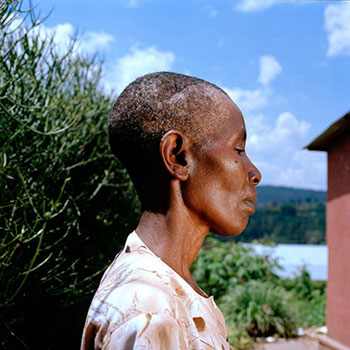
“In the Catholic church of Gitongo, they smashed my head with iron sticks and then they tried to split my skull with machetes.” Speciose Mukagihini
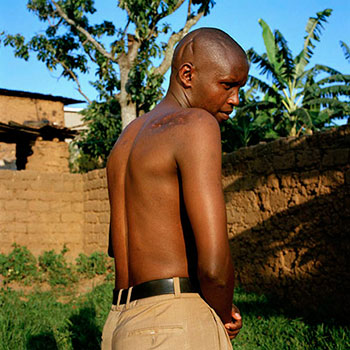
“I still receive intimidation letters and death threats. I know it is my neighbors who send them.” Samuel Nduwayo
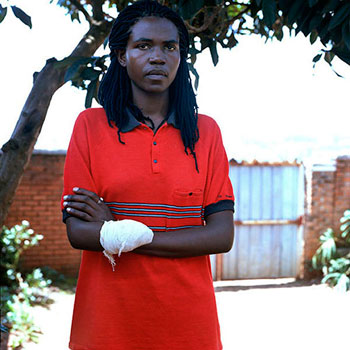
“I kept my wounded arm two weeks, and then it detached itself from my body and I threw it away. I was 11.” Jeanette Niweyangeneye
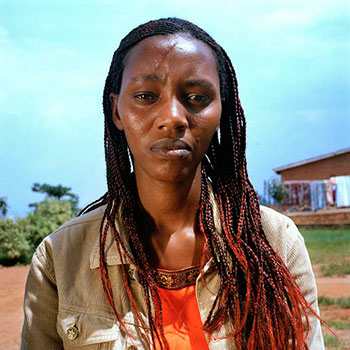
“I disowned my family to get a chance to survive and they all died. I was 12."
Innocente Nyirahabimana

“After I lost my leg and my entire family, I lived 4 years all by myself in an abandoned house I had found. I was 13.” Jean Pierre Sibomana
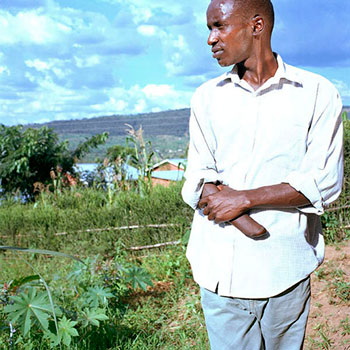
"I have been encircled by armed men. I was so afraid that I fainted. When I woke up, my hand was lying next to my body.” Fred Murisa
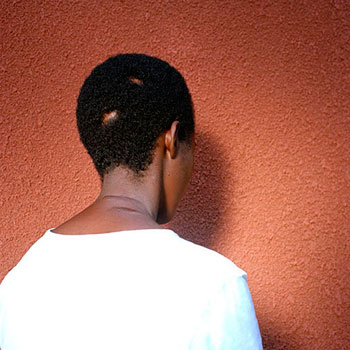
“Nobody could go to any hospital. It was too dangerous. My wounds stunk and seeped. Worms filtered into the holes and I was spiting them out from my nose and throat.” Noelle Musabyirema
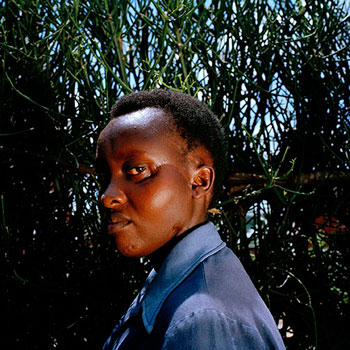
"I escaped Rwanda and walked to Congo where I took refuge in a camp. During the few months I was there, I had to hide my wounds at all times as they would reveal my ethnicity. Hutus were everywhere and could finish me off anytime.” Ange-Sandrine Mukayitesi

"One of the genocide perpetuator had pity on me and was able to convince the others to leave me alive. It was a miracle. I was 8.” Godiose Mukakahisa
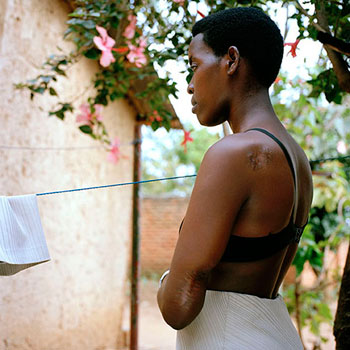
"I miss my father so much. We loved each other so much.”
Prisca Uwamahoro

“I have had over ten operations and have still not recovered. I hope I will one day be able to afford the finish my treatment.” Grace Rutamu
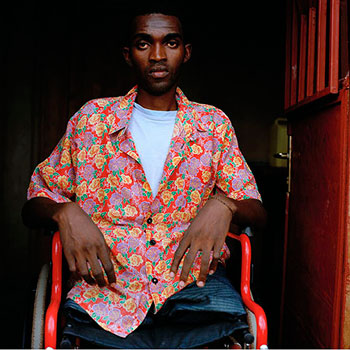
“I have nothing to say. I have too much pain, and there would be too much to say anyway.” Theoneste Muvunyambo
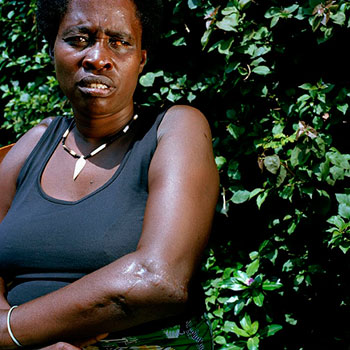
“I can’t move my arms anymore. I have no husband or any family anymore. How was I supposed to take care of my children?” Beatrice Bazayirwe
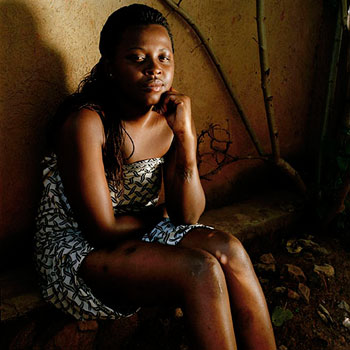
“I will never be able to forget my parents look while they were dying. I was 9.” Diane Niyongira
Myriam Abdelaziz
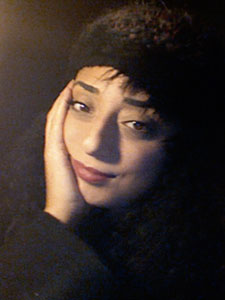
Myriam Abdelaziz is a French photographer of Egyptian origin. She holds a BA in Political Science, a Master in Journalism and an MBA. After 7 years of working in marketing, she left the corporate world to fully dedicate herself to photography. She graduated from the International Center of Photography, and is now based in New York and Cairo.
Her work has taken her around the globe searching for stories that overcome physical and cultural barriers and often reveal what we have in common: glimpses of solitude, hope, insecurity, dignity. Her series of photographs of wounded survivors of the Rwanda genocide was produced in early 2007, as a tribute to the survivors who lost everything except their memories.
